Fashion products made from natural materials in Thailand. Photo: Nationthailand
Global fashion industry statistics for 2024 show that South Korea and Singapore lead the world in terms of willingness to pay more for sustainable fashion. In most sustainable fashion surveys, the Asia-Pacific region always holds a large market share, about 33% of the world's fashion market. According to GMI's market forecast, the sustainable apparel market in Asia will nearly triple in the next decade, from about $3.9 billion in 2025 to $9.4 billion in 2034. At the same time, Statista's 2025 survey of wealthy consumers in Asia shows that about 3% of respondents are willing to pay more than 25% more for sustainably produced luxury products.
Singapore is a leader in the eco-friendly fashion market. The Singapore National Environment Agency predicts that the island nation's fashion industry could reach $2.5 billion by 2027. Of this, 60% of Singaporeans now prefer to buy sustainable brands. Ms. Kimberley Tan, founder of The Mori Club - a Singaporean sustainable homewear brand, said: "Young consumers are leading the trend. They value honesty and ethics in fashion as well as aesthetics." Sharing the same view, Ms. Allie Cameron, founder of sustainable brand Hara in Singapore, also said: "Customers today will ask where and how their clothes are made before shopping." In fact, over the years in Singapore, there have been many initiatives and programs to promote sustainable fashion. Specifically, the Sustainable Fashion Program and the Zero Fashion Waste Initiative are bringing together stakeholders to rethink the entire supply chain, from materials to end-of-life recycling.
Thailand is also known for its sustainable fashion. The country is preserving and developing traditional craft villages, with local brands rediscovering ancient weaving techniques, hand-dyeing processes and regional fabrics. Folkcharm, Sasi Knits and Mae Teeta are some of the most popular sustainable fashion brands in the country. These brands always work directly with artisans to create collections that prioritize handcraft, natural materials and small batch production. They employ local workers in the villages, contributing to the revival of endangered crafts and ensuring that artisans are paid fairly. Product stories are also shared publicly on social media, and consumers can verify and know the origin of the products they use. This transparency creates trust with customers.
This is also the approach and introduction of sustainable fashion products of Southeast Asian countries that are loved by international consumers. There are many notable sustainable fashion brands, such as Bamboo Life (Vietnam), Pijakbumi (Indonesia), Tonlé (Cambodia), which thrive thanks to the use of recycled materials, organic fibers and low-emission production processes.
“Many countries in Southeast Asia have a long history of craftsmanship and a respect for nature, and that translates well into fashion innovation,” says Kimberley Tan. The region’s brands often produce in limited quantities. This allows them to be closely involved in every aspect of the production process, from sourcing raw materials, overseeing the finishing process, to inventing ways to repurpose leftovers into smaller items. For example, using leftover fabric from a dress to create a hair tie, or turning small pieces of bamboo fabric into masks, handkerchiefs… all are utilized in accordance with the creativity of the artisans and design team. And the competition of these brands is not based on price but on creativity in design and sustainability.
BAO LAM
(Synthesized from Jing Daily, Statista, Nationthailand)
Source: https://baocantho.com.vn/thoi-trang-than-thien-moi-truong-phat-trien-tai-chau-a-a187107.html





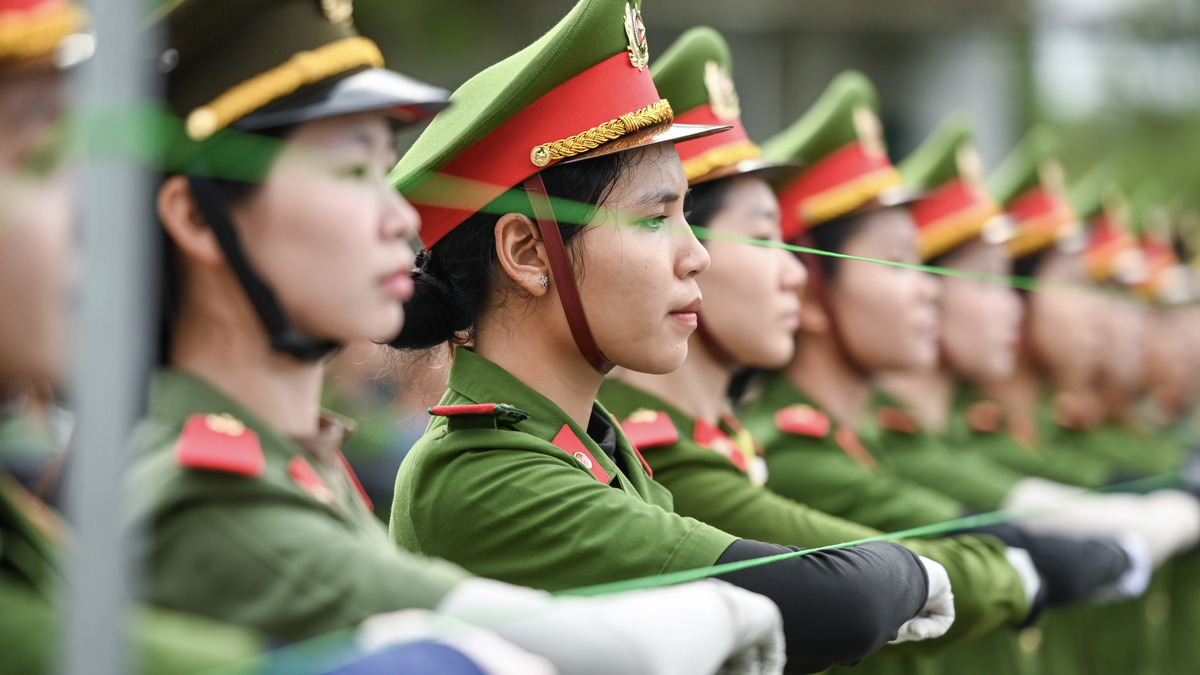







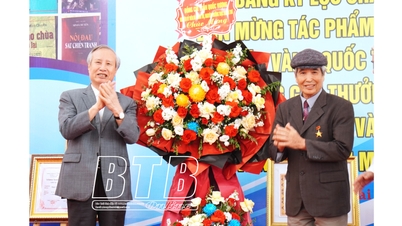

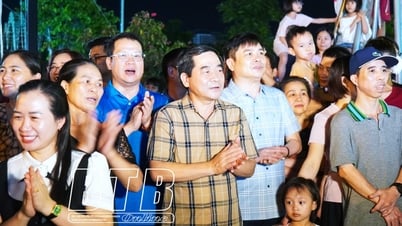
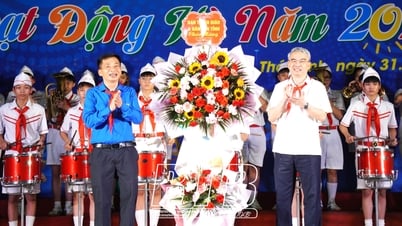





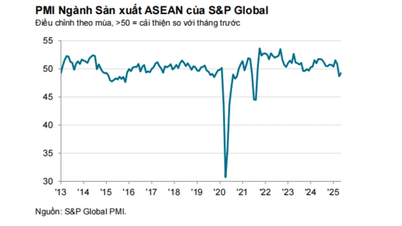


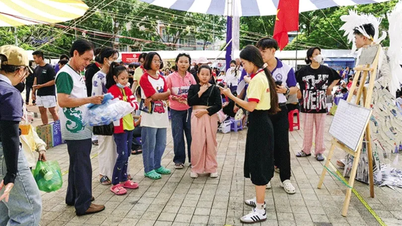
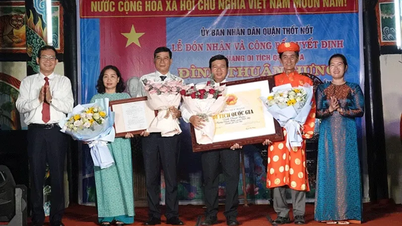

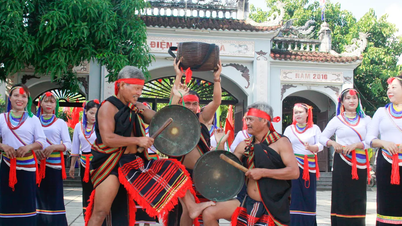

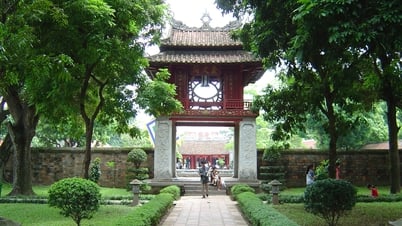

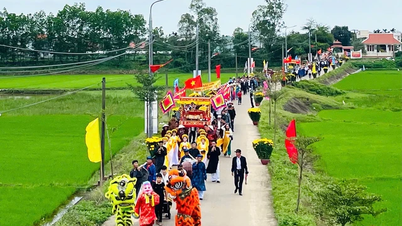

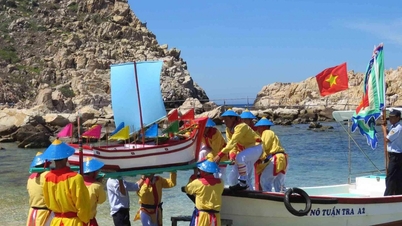

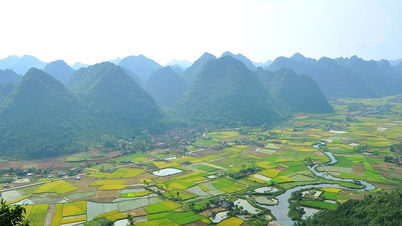

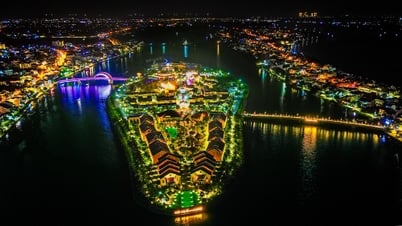













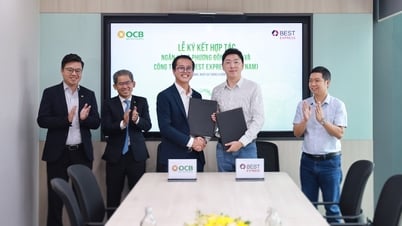

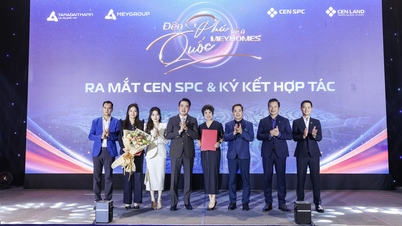
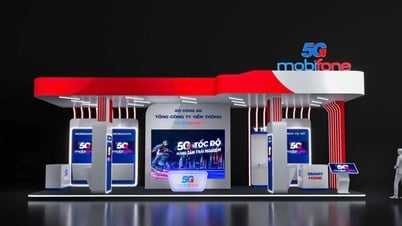


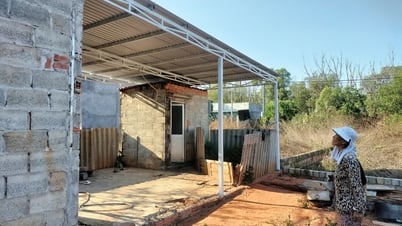
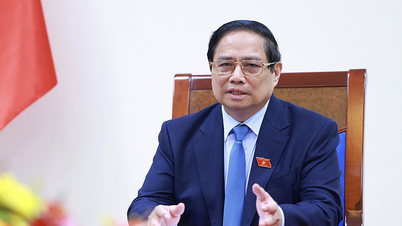


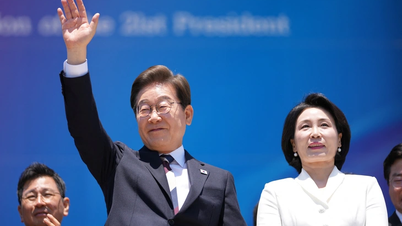

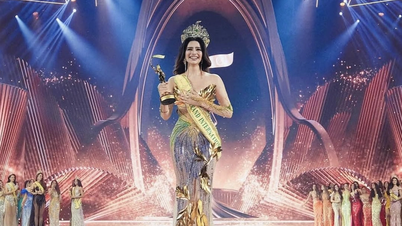



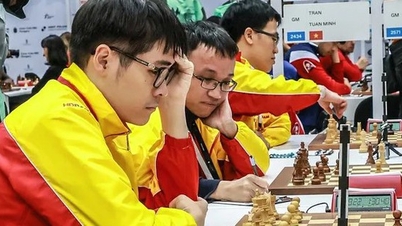






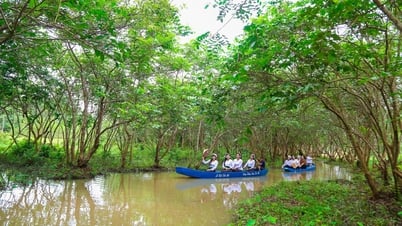

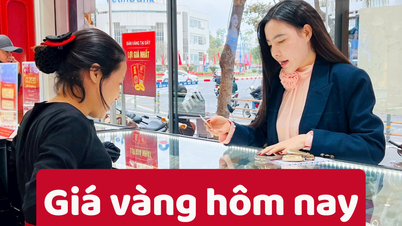








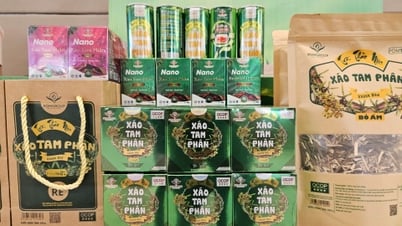

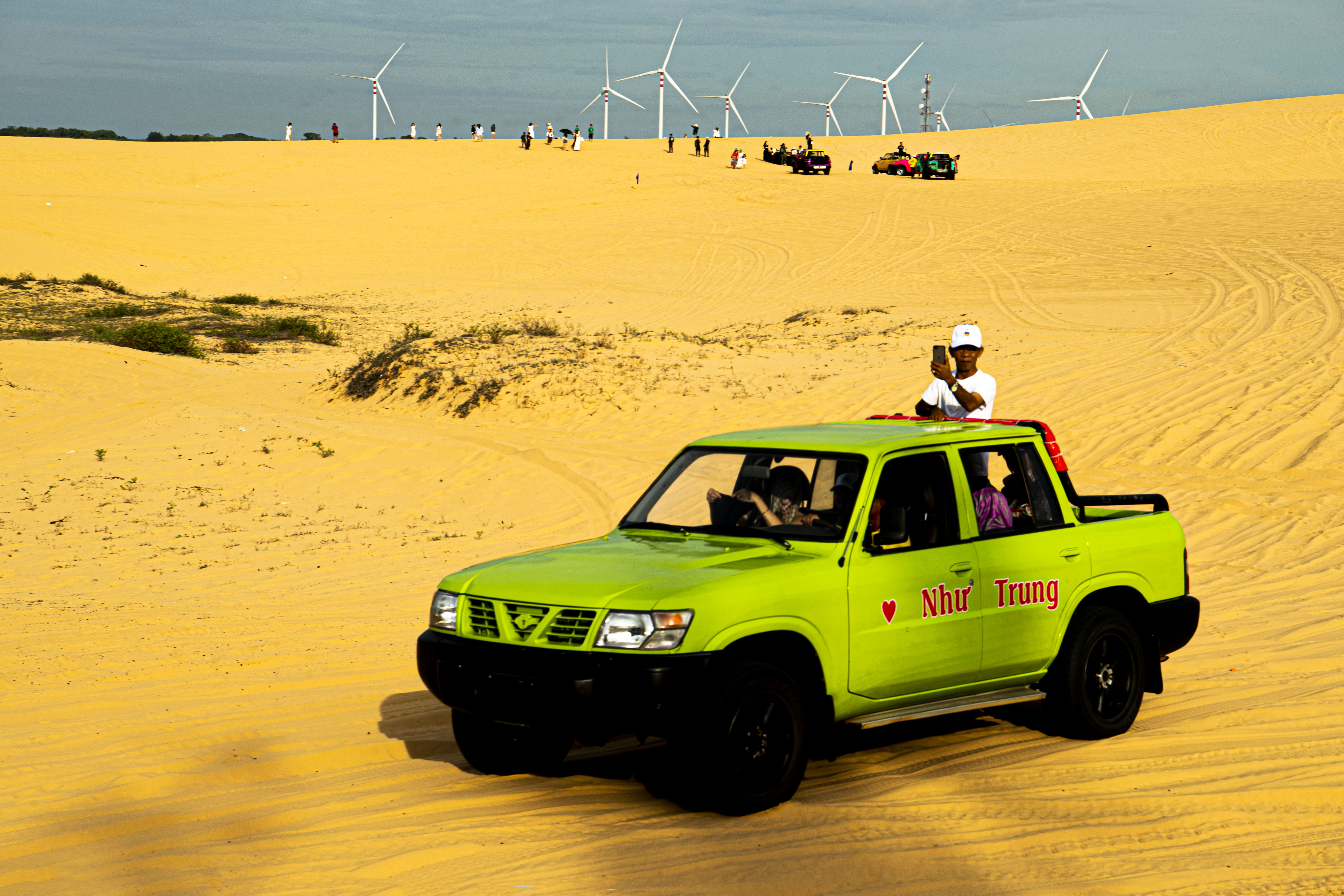
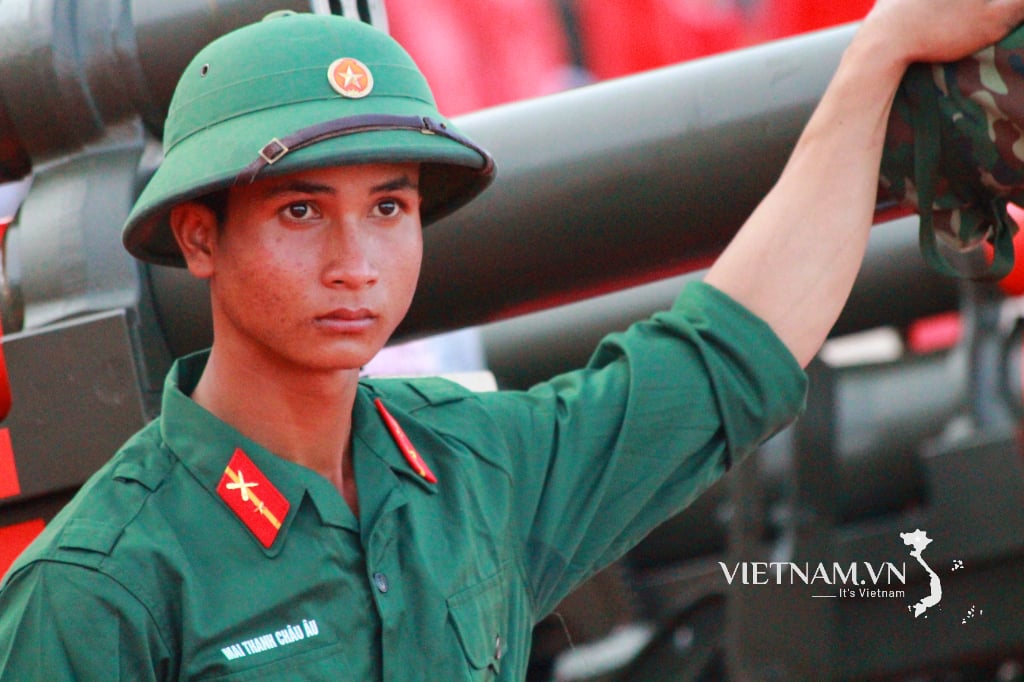
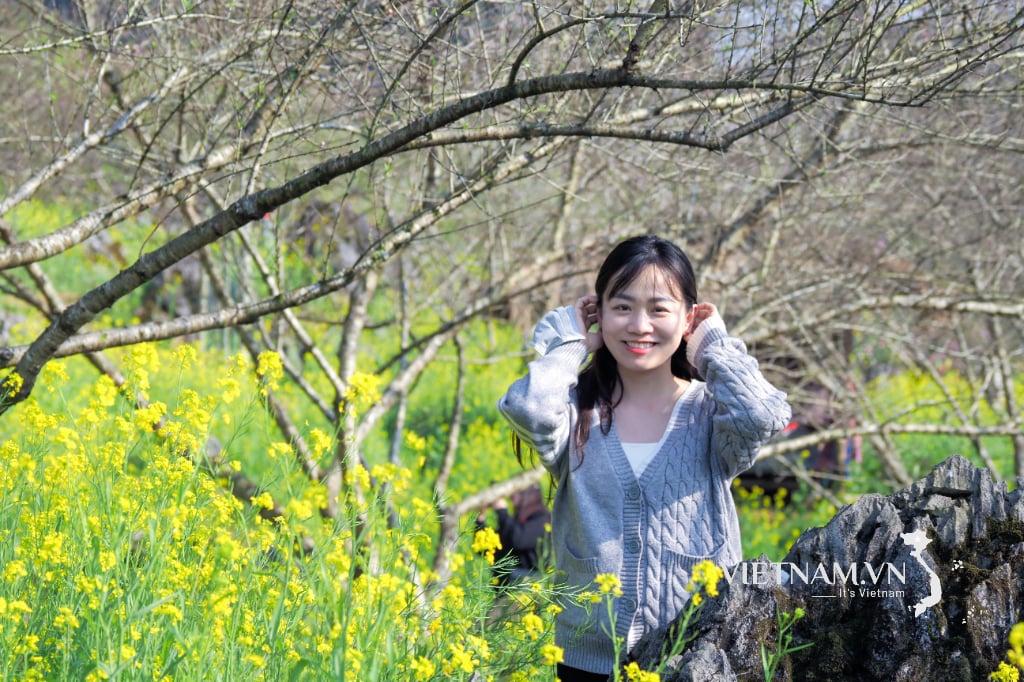
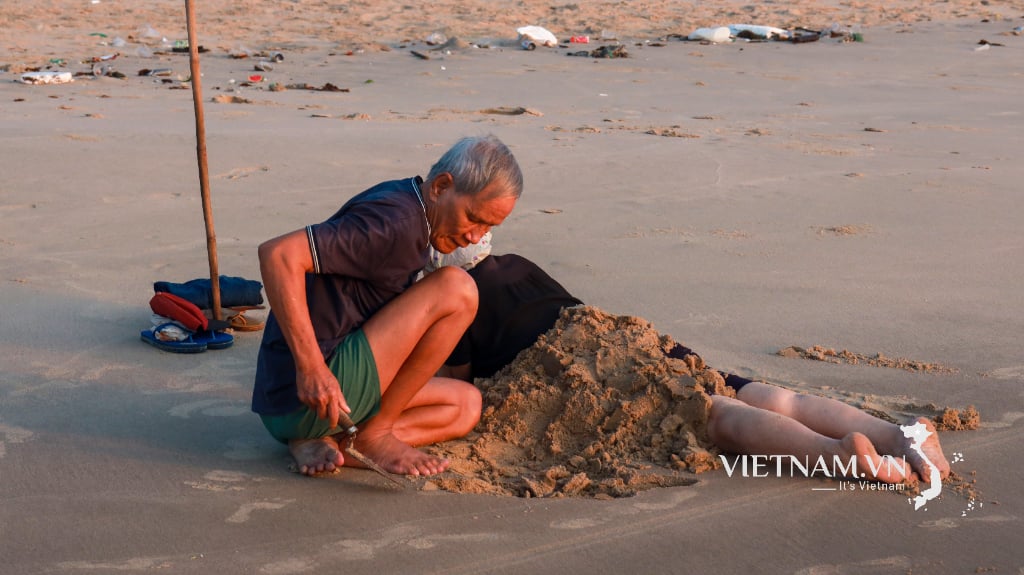
Comment (0)